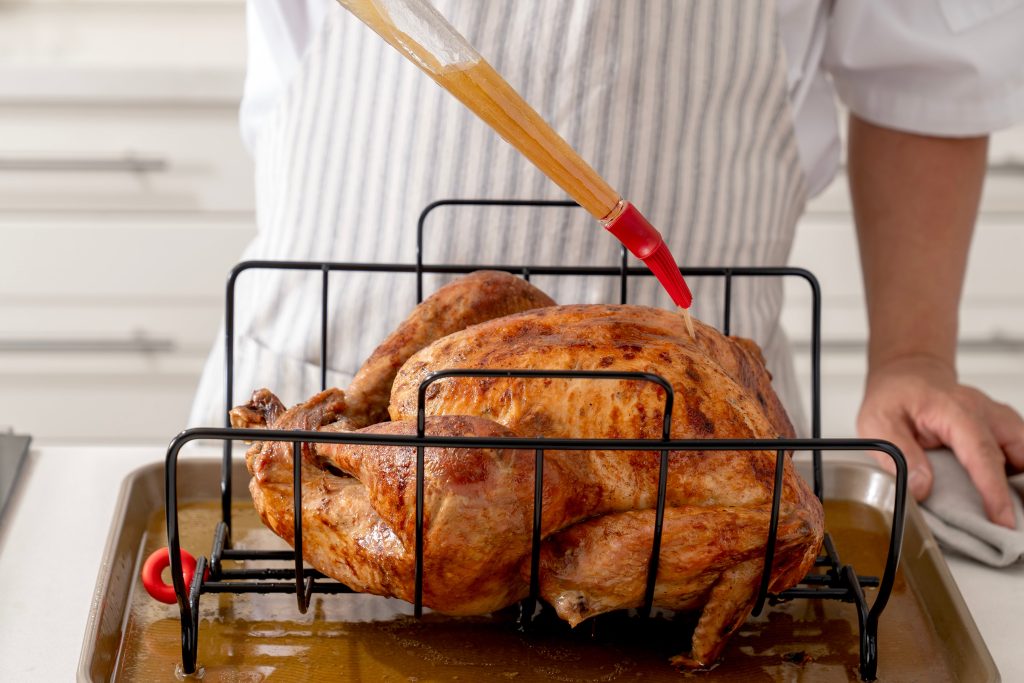Boiled eggs are a simple yet versatile ingredient that can be enjoyed at any meal throughout the day. Whether you like them soft or hard boiled, mastering the art of cooking the perfect boiled egg is a skill that every home cook should have in their repertoire. In this step-by-step guide, we will explore the different techniques and tricks to achieve the perfect boiled egg every time.
Selecting the Right Eggs
The first step in mastering the perfect boiled egg is selecting the right eggs. Fresh eggs are key to achieving the desired consistency and texture. To determine the freshness of an egg, you can perform a simple float test. Fill a bowl with water and gently place the egg inside. If the egg sinks to the bottom and lays flat on its side, it is fresh. If it stands upright at the bottom, it is still good to eat but not as fresh. If the egg floats to the top, it is no longer fresh and should be discarded.
Boiling the Eggs
Once you have selected your eggs, the next step is to boil them. The method you choose will depend on the desired level of doneness. Here are three common methods for boiling eggs:
1. Soft Boiled Eggs: To achieve a soft boiled egg with a runny yolk and firm white, place the eggs in a pot and cover them with cold water. Bring the water to a boil over medium heat, then reduce the heat to low and simmer for 4-5 minutes. Remove the eggs from the pot and place them in a bowl of ice water to stop the cooking process.
2. Medium Boiled Eggs: For a medium boiled egg with a slightly runny yolk and a firmer white, follow the same steps as for soft boiled eggs but simmer for 6-7 minutes instead.
3. Hard Boiled Eggs: To achieve a hard boiled egg with a fully cooked yolk and a firm white, place the eggs in a pot and cover them with cold water. Bring the water to a boil over medium heat, then cover the pot and remove it from the heat. Let the eggs sit in the hot water for 10-12 minutes, then transfer them to a bowl of ice water.
Peeling the Eggs
Peeling boiled eggs can be a tricky task, as the shells can often stick to the egg white and cause it to break apart. To make peeling easier, try these tips:
1. Use older eggs: Eggs that have been sitting in the refrigerator for a few days are easier to peel than fresh eggs.
2. Shock the eggs in cold water: After boiling the eggs, transfer them to a bowl of ice water and let them sit for a few minutes. The cold water will help shrink the egg white, making it easier to peel.
3. Roll the eggs: Roll the boiled eggs on a hard surface with gentle pressure to crack the shell. This will allow water to seep under the shell, making it easier to peel.
Using Boiled Eggs
Once you have mastered the art of boiling and peeling eggs, the possibilities are endless for how to use them in your cooking. Here are a few ideas to get you started:
1. Deviled Eggs: A classic appetizer or party dish, deviled eggs are made by scooping out the yolks, mixing them with mayonnaise and seasonings, then spooning the mixture back into the egg whites.
2. Egg Salad: A simple and satisfying dish, egg salad is made by chopping boiled eggs and mixing them with mayonnaise, mustard, and seasonings. Serve it on sandwiches or as a side dish.
3. Cobb Salad: A hearty and flavorful salad, Cobb salad features boiled eggs along with bacon, avocado, tomatoes, and blue cheese. Top it with a vinaigrette dressing for a delicious meal.
4. Ramen Eggs: A popular topping for ramen noodles, ramen eggs are soft boiled eggs marinated in a mixture of soy sauce, mirin, and sugar. They add a rich and savory flavor to the dish.
Mastering the perfect boiled egg is a skill that every home cook should have in their arsenal. With the right techniques and tips, you can achieve the desired level of doneness and texture every time. Whether you enjoy them soft, medium, or hard boiled, boiled eggs are a versatile ingredient that can be used in a variety of dishes. So next time you are craving a simple and satisfying meal, reach for some boiled eggs and enjoy the deliciousness that they bring to the table.

